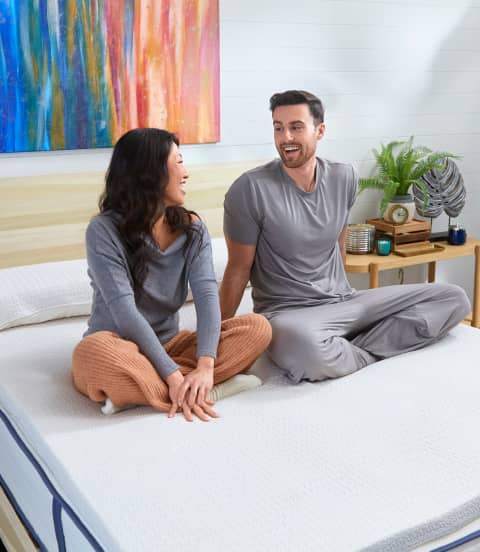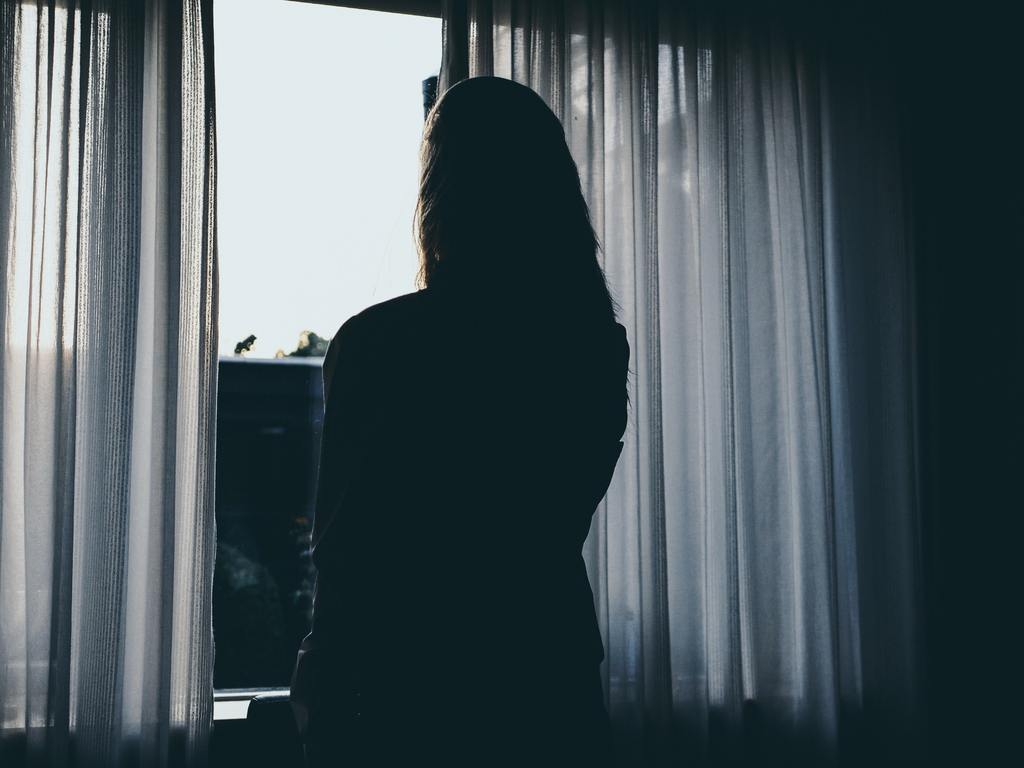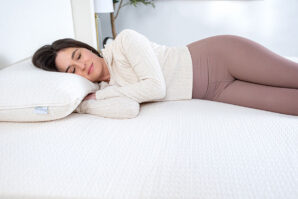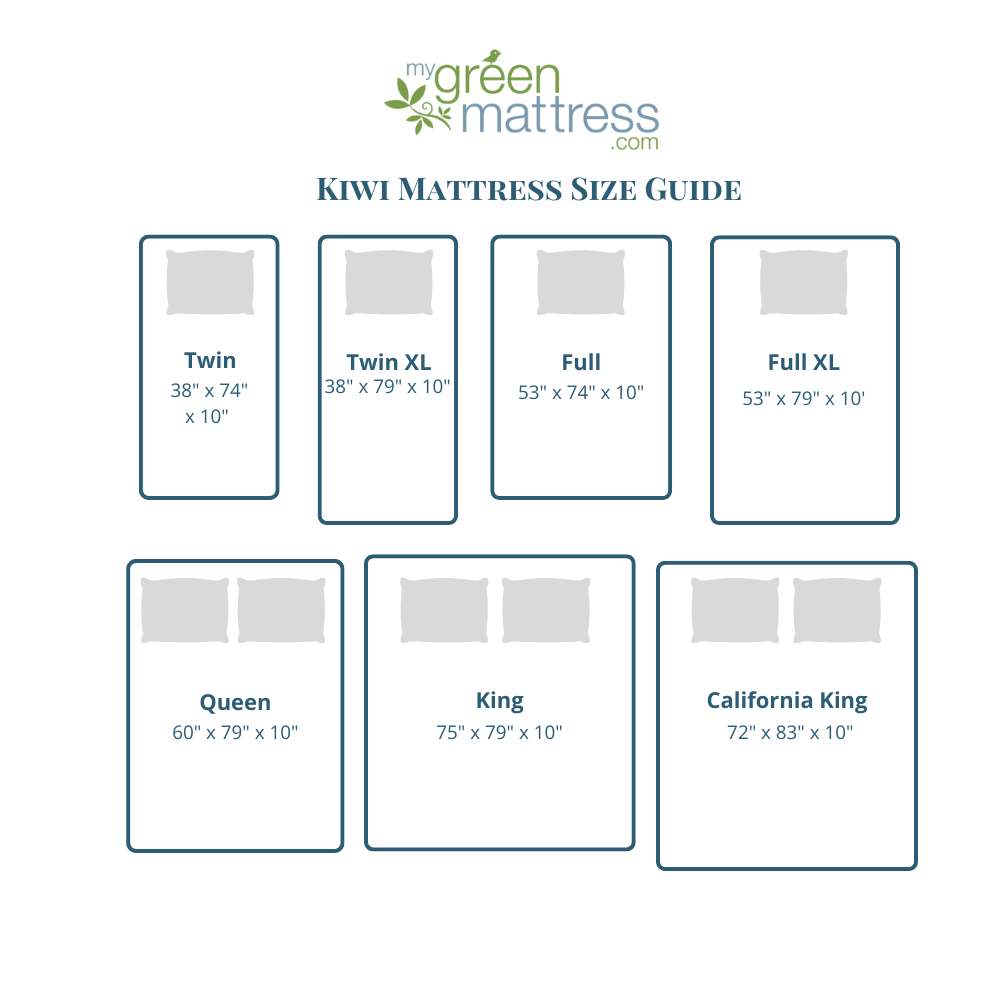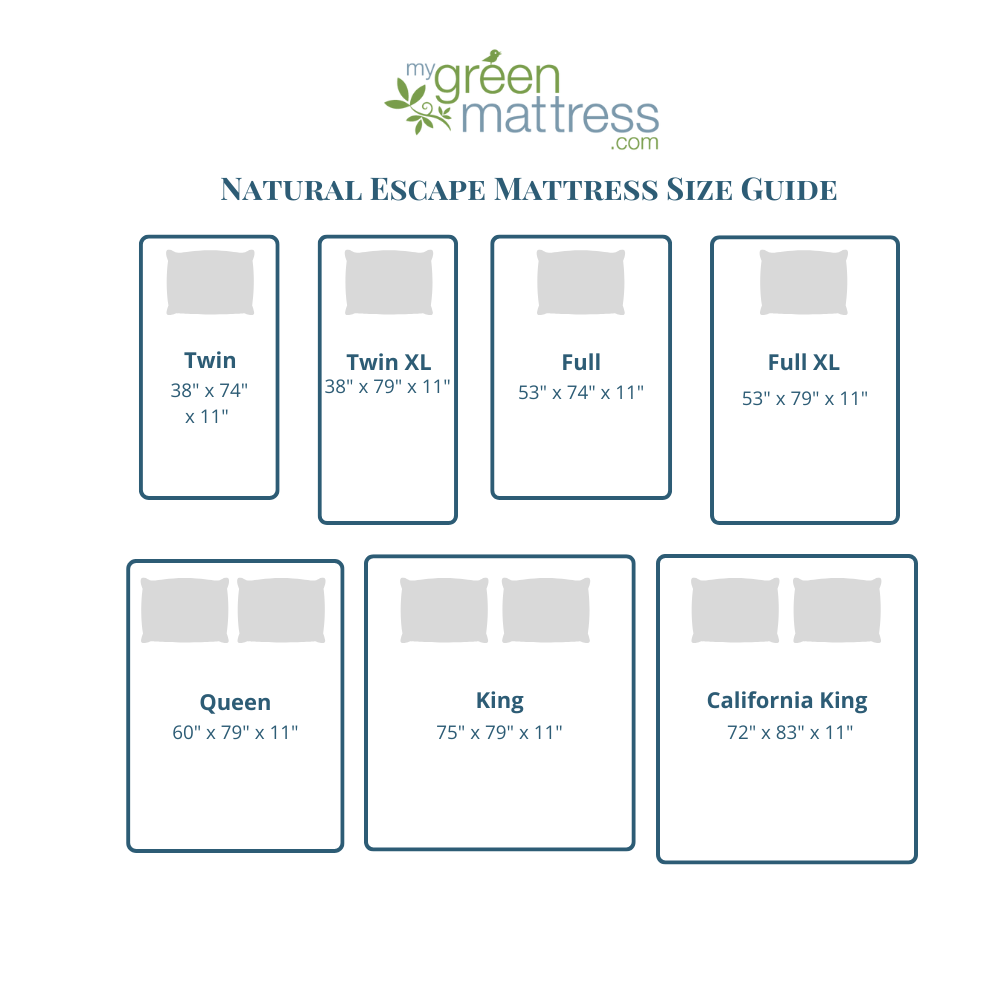Our bodies are regulated by light. Sunlight shuts off melatonin production in the day so it can produce it at night. It’s just as important to sleep in a completely dark room so your body can continue to be in rhythm by producing the melatonin you need to stay asleep.
Many of the sleep issues we have are due to light exposure at night. This is why we’re told to turn off TVs and other screens at least an hour before bed, and that’s especially true if you’re helping your baby sleep better. It helps our bodies begin producing the needed melatonin. Many of us have followed these guidelines in order to get a better night’s sleep, but we may be sabotaging our efforts by not sleeping in a room that is dark enough.
In a modern city, the lights never fully go out. Our bedrooms have a number of sources of ambient light, some from outside and some from in. Below we’ll explore those sources and how to mitigate their intrusion so you can get the rest you need to live a healthy and vibrant life.
1. Outdoor Sources
Light dominates the night. From streetlights to car headlights to porch and security lights, we are awash in artificial light. We’ve become used to sleeping in a room not fully dark. But sleeping with the lights on can create a disruption in our sleep cycle and even make it difficult for us to fall asleep.
So, what can we do about all this light? One thing we can do is turn off any lights around the outside of our house. We don’t need to add to the light pollution in our neighborhood.
We can’t turn off all of the lights on our street, so the next thing to do is get blackout curtains or shades. If you go with curtains, make sure you buy true blackout curtains. Shades or blinds are another option though they need to be custom fit in order to provide the best darkening effect.
2. Indoor Sources
Digital clocks, TVs, cable boxes, cell phones all have lights on them. It would be best to not have them in your bedroom at all, but if you do, find a way to cover up the lights or completely unplug these devices.
What if you need to see your clock? If you use the alarm on your clock, you don’t need to see it. You can cover it and it will go off when needed. You can also get digital clocks with amber or orange light displays. These colors are more restful and not disruptive like blue light.
If you’re worried about safety when you get up in the middle of the night to use the bathroom or check on a child you can keep a flashlight by the bed. There are flashlights made with amber lights. Also, if you feel the need to have a nightlight, you can get those in amber as well.
If you still can’t get your room to optimum darkness, invest in a sleep mask. There are many options though it’s not always easy to find one that blocks out 100% of the light. But this option is worth trying since it is cost effective and you can begin sleeping in the dark as soon you get it.
3. Before Bed
Watching TV or looking at any screen emitting blue light will hinder the production of the melatonin you need to fall and stay asleep. You can buy glasses with amber lenses to help mitigate the problem if you need to look at a screen before bed. There are apps for your devices to change their light from blue to amber in the evening as well.
If you’ve tried all of these techniques and still aren’t getting good sleep, consider a sleep study. This is a medical procedure that gathers information about your body’s current behavior during sleep to identify the cause(s) of your body’s struggles with rest.
There are many factors in getting a good night’s sleep. A dark room, perfect air temperature, quiet, but the most important is comfort. Our mattresses provide the comfort you need to promote a good night’s sleep. Contact us today to find out how My Green Mattress can help you in your quest for well-being.

